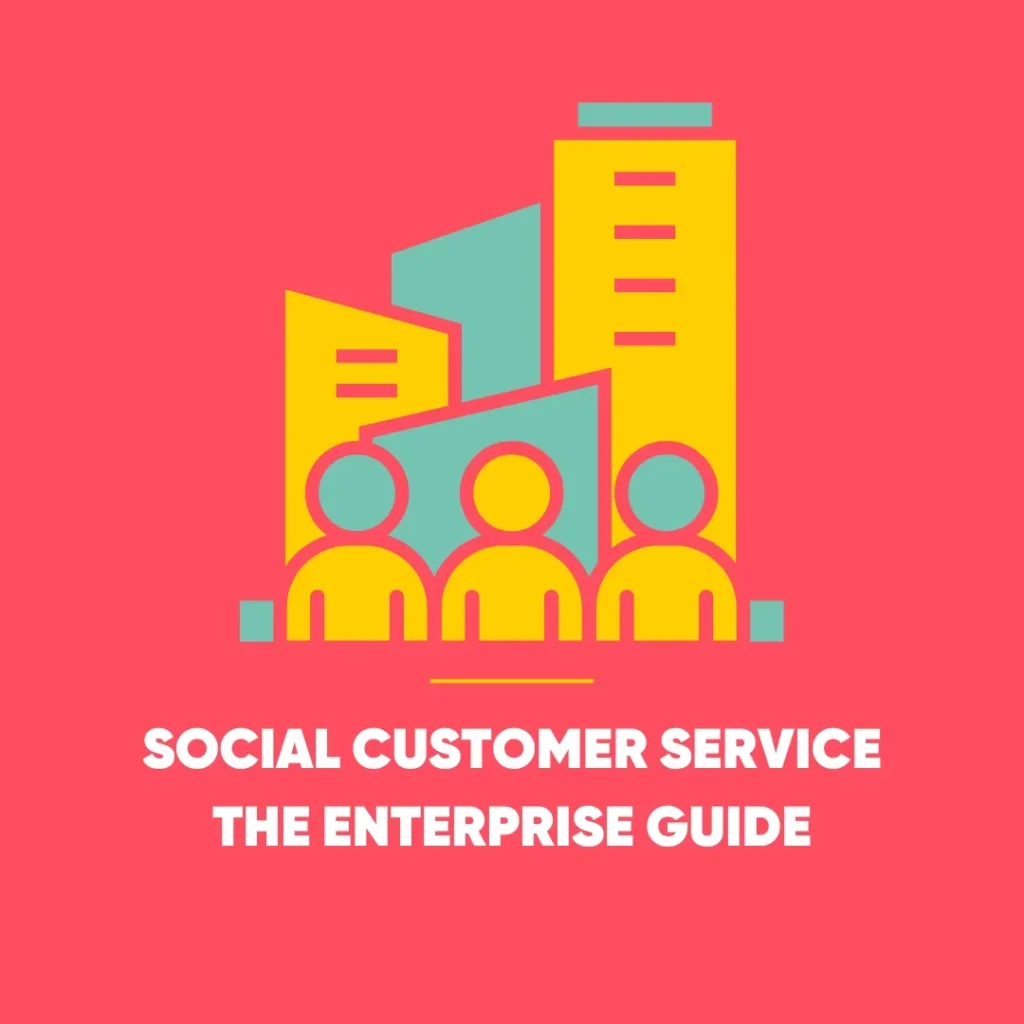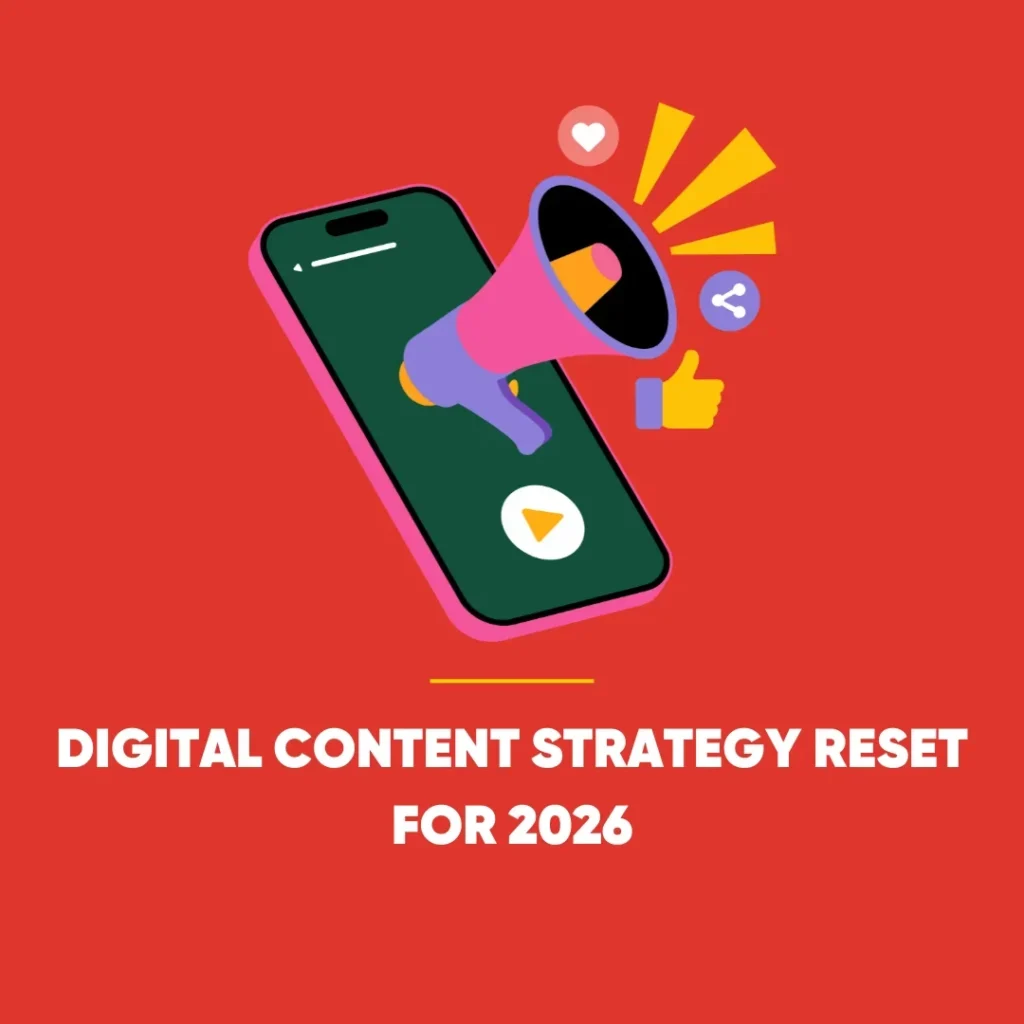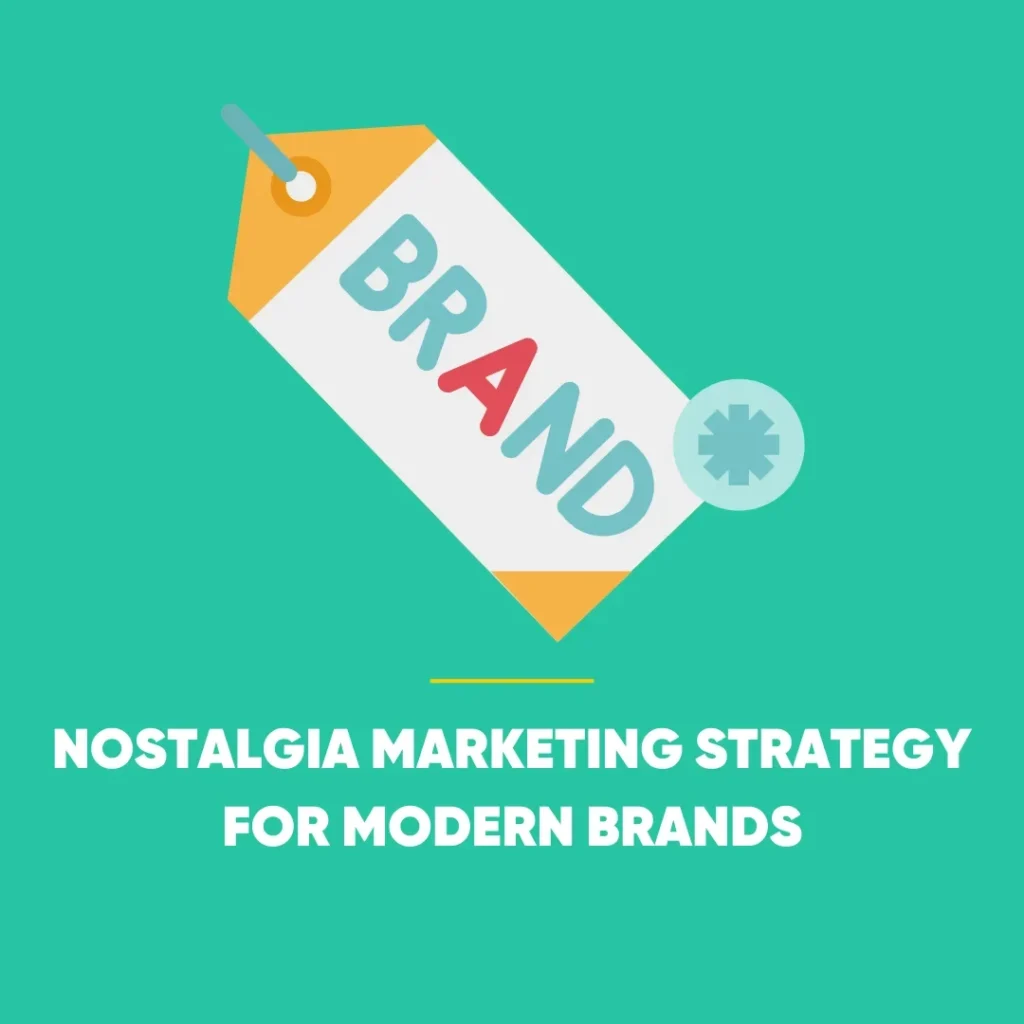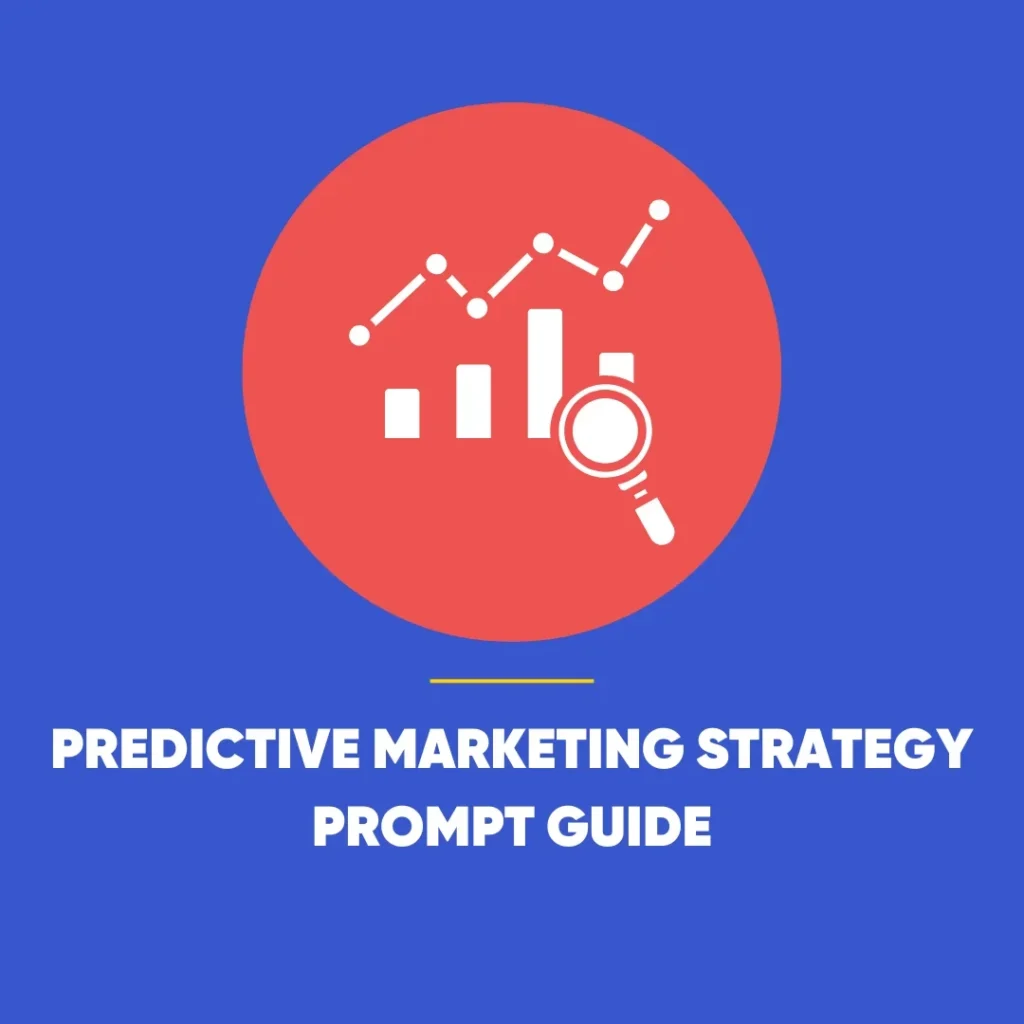Landing Page Optimisation: 5 Strategies to Harness User Behaviour for Higher Conversions
In the realm of digital marketing, landing page optimisation serves as the cornerstone for achieving targeted conversions. To maximise the effectiveness of these pages, brands must delve into the psychology of user behaviour. Additionally, they should adapt both design and content to meet the needs and expectations of their audience.
User behaviour encompasses a wide range of actions performed by visitors to a website or application. This includes their clicking patterns, scrolling habits, and points of exit from the page. By understanding these behaviours, businesses can fine-tune their landing pages to enhance their conversion rates. In this article, we will delve into the psychology behind landing pages and explore five key strategies to leverage user behaviour for improved conversions.
What Is Landing Page Psychology?
Human behaviour is rarely random; it is influenced by a complex interplay of cognitive and emotional processes. When it comes to landing pages, understanding the psychological triggers that affect how users interact with content is essential for optimising conversion rates.
Key Psychological Phenomena Affecting User Behaviour
Several psychological phenomena shape how users engage with landing pages:
- The Deictic Gaze: This phenomenon occurs when a person’s attention is directed by observing someone else’s gaze. For example, if a person sees a model looking at a product in an advertisement, they are more likely to focus on that product themselves.
- The Primacy Effect: Our brains are wired to remember the first items on a list better than those that appear later. This means that content or offers presented at the beginning of a landing page are more likely to be remembered and acted upon.
- The Von Restorff Effect: Also known as the isolation effect, this principle suggests that items which stand out from their surroundings – through colour, size, or design – are more likely to be remembered. Applying this effect to elements like CTAs (Calls to Action) can improve their visibility and effectiveness.
- Informational Social Influence: Commonly referred to as social proof, this principle involves people adopting the actions of others to fit in or gain approval. Subsequently, including testimonials, user reviews, or case studies on a landing page can leverage social proof to encourage conversions.
- Loss Aversion: People tend to prefer avoiding losses rather than acquiring equivalent gains. Highlighting what users stand to lose by not taking action can be a powerful motivator.
Landing Page Optimisation: Harnessing User Behaviour to Enhance Conversions
Understanding user behaviour and applying psychological principles can significantly improve the effectiveness of your landing pages. Here are five strategies to leverage user behaviour and boost conversions:
1. Identify and Address User Pain Points
User pain points are the areas where visitors encounter difficulties or frustrations during their interaction with a landing page. Addressing these pain points is crucial for improving user experience and increasing conversions.
Techniques to Uncover Pain Points
- Contextual Inquiry: Observing users in their natural environment can provide valuable insights into their challenges and preferences. This might involve watching how users interact with your landing page and identifying any obstacles they encounter.
- Interviews: Conducting interviews with users allows you to ask direct questions about their experiences and gather qualitative data on their pain points.
- User Journey Mapping: By visualising the user journey, you can identify stages where users experience difficulties or abandon the page. This can help in pinpointing specific issues that need addressing.
For instance, if users frequently abandon your page due to a slow-loading element, improve load times to enhance their experience. Consequently, this landing page optimisation can significantly increase conversion rates.
2. Segment Your Audience Effectively
Not all visitors to your landing page are at the same stage of their customer journey. Segmenting your audience allows you to tailor your messaging and offers to meet their specific needs and increase the likelihood of conversion.
Strategies for Audience Segmentation
- New vs. Returning Visitors: A new visitor might be enticed by a discount on their first purchase, whereas a returning customer might appreciate loyalty rewards or exclusive offers.
- Customer Relationship Management (CRM) Tools: Tools like Zendesk Sell enable you to segment your audience based on their behaviour and interactions with your brand. By analysing where prospects and customers are in their buying journey, you can create targeted landing page campaigns.
- Custom Landing Pages: Once you’ve segmented your audience, use landing page builders to create customised pages that resonate with each segment. For example, a landing page for a first-time visitor might highlight the benefits of your product and offer a special discount, while a page for repeat customers could showcase new features or exclusive offers.
3. Understand and Reduce Bounce Rates
A high bounce rate indicates that users are leaving your landing page without engaging with it. Identifying the causes of high bounce rates can help you make necessary improvements.
Common Causes of High Bounce Rates
- Inconsistent Branding: If your landing page does not align with your overall brand message or visual identity, users may be confused or distrustful.
- Poor User Experience: Slow load times, complicated navigation, or unappealing design can drive users away.
- Unengaging Content: Boring headlines or lack of compelling visuals can fail to capture users’ attention.
- Lack of Social Proof: Without testimonials or reviews, users may not feel confident in your offer.
- Design Issues: If your landing page design is counterintuitive or cluttered, users might struggle to find the information they need.
To pinpoint specific issues, consider using A/B testing, also known as split testing. This involves comparing two versions of a landing page to determine which performs better. For instance, you could test different headlines, images, or layouts to see which version leads to lower bounce rates.
4. Use Heatmaps to Analyse User Interaction
Heatmaps provide a visual representation of how users interact with your landing page optimisation. Moreover, by tracking clicks, scrolls, and mouse movements, you can gain insights into user behaviour and make informed design decisions.
Types of Heatmaps
- Click Heatmaps: These reveal which areas of your page receive the most clicks, helping you determine optimal placements for CTAs and important links.
- Scroll Heatmaps: These show how far down the page users typically scroll, indicating the ideal length for your page and the best position for critical elements.
- Move Heatmaps: By tracking mouse movements, you can identify areas of interest and potential confusion. This can furthermore highlight where users are focusing their attention and where they might be experiencing issues.
Tools like Crazy Egg and Hotjar offer heatmap functionality to help you visualise user interaction patterns and optimise your landing page accordingly.
5. Analyse and Optimise Traffic Sources
Understanding where your traffic comes from can help you focus your efforts on the most effective channels and improve the quality of your leads.
Types of Traffic Sources
- Pay-Per-Click (PPC) Ads: These can drive targeted traffic to your landing page but require careful management of budgets and ad performance.
- Email Marketing Campaigns: Segmented email lists can deliver highly relevant traffic, increasing the likelihood of conversions.
- Social Media Advertising: Platforms like Facebook and Instagram can be used to reach specific demographics and drive traffic to your landing page.
- Organic Traffic: SEO strategies can attract users who are actively searching for your products or services.
Additionally, analyse the performance of each traffic source to allocate resources more effectively. Then, refine your marketing strategies to attract higher-quality leads.
Landing Page Optimisation: Conclusion
Optimising landing pages to boost conversions involves a deep understanding of user behaviour and psychology. Identify and address user pain points, then segment your audience. Additionally, understand bounce rates, leverage heatmaps, and analyse traffic sources to create landing pages that are both engaging and effective in driving conversions.
Overall, consistent monitoring and adaptation based on user behaviour insights are essential for ongoing success. Armed with these strategies, you can enhance your landing pages and achieve your conversion goals.
Find out more about what’s happening within the digital marketing in our blog column.









